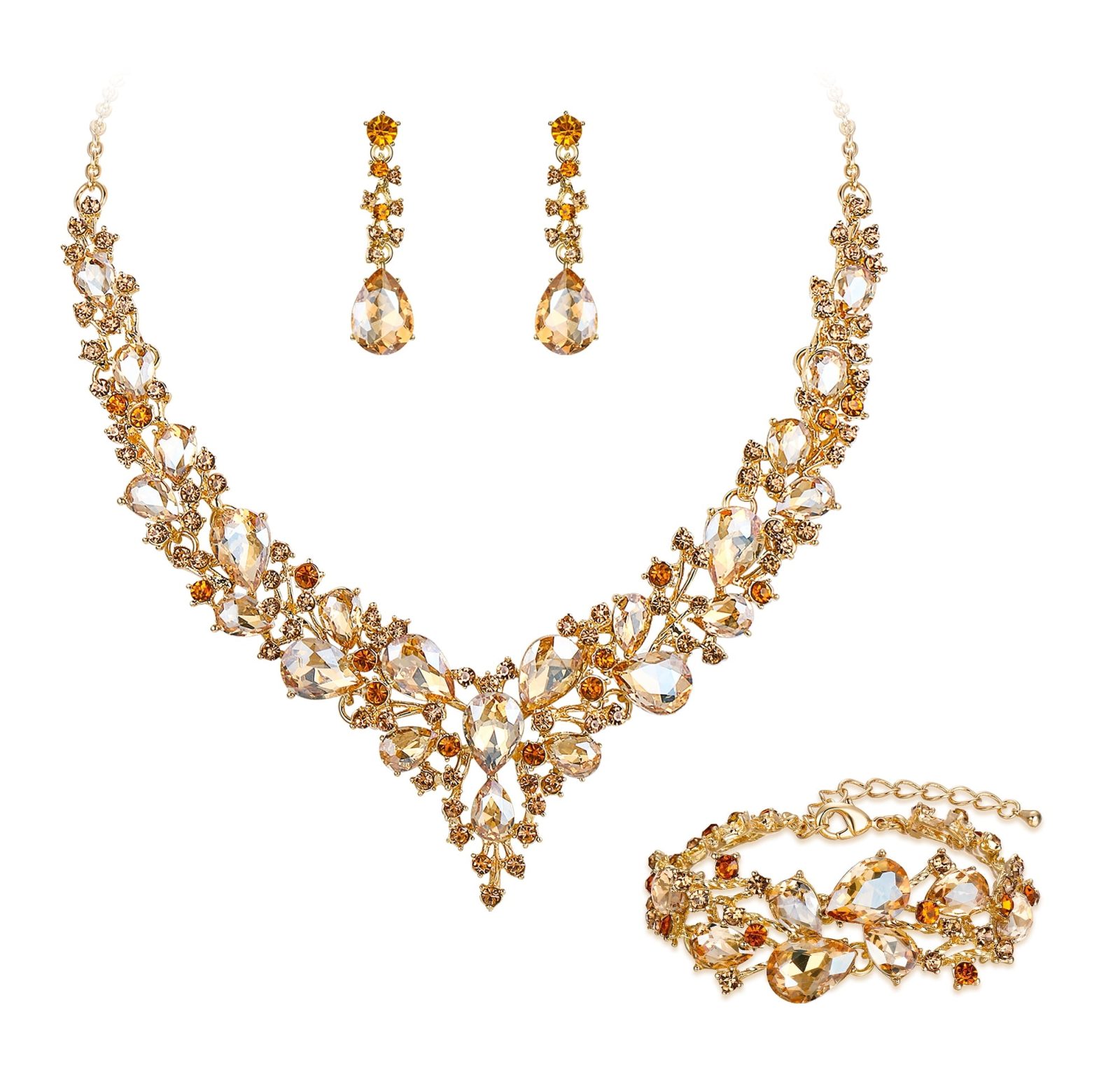
Jewelery companies in Suriname
Suriname, a small South American nation known for its diverse culture and natural resources, is home to a modest but growing jewelry industry. This sector is largely influenced by the country’s cultural heritage, reliance on precious minerals, and growing interest in fine craftsmanship. Jewelry companies in Suriname focus on gold, silver, and gemstones, reflecting both traditional designs and contemporary trends.
Overview of the Jewelry Market in Suriname
Suriname is rich in natural resources, particularly gold, which is a key element in the country’s jewelry industry. Artisanal and small-scale mining provide raw materials for local jewelry makers. The industry also imports diamonds and other gemstones to meet the growing demand for high-quality jewelry.
Major Players and Local Artisans
1. Family-Owned Jewelers:
Suriname’s jewelry market is dominated by small, family-run businesses. These companies often produce handcrafted pieces inspired by traditional Surinamese designs, blending African, Indian, and European influences.
2. Goldsmiths and Silversmiths:
The craft of goldsmithing is deeply rooted in the culture, with artisans creating custom jewelry such as rings, necklaces, and bracelets. Many goldsmiths work in small workshops, offering personalized services to customers.
3. Retail Jewelry Stores:
A few larger retail stores cater to middle- and upper-income consumers. These stores often stock imported jewelry and internationally branded pieces alongside locally crafted items. Examples include Juweelier Den Heuvel, which is renowned for its fine craftsmanship and selection of gold jewelry.
Types of Jewelry
The most popular types of jewelry in Suriname include:
Gold Jewelry: Given the country’s gold mining industry, gold is a prominent material. Pieces often include intricate designs that reflect cultural motifs.
Traditional Jewelry: Maroon communities, descendants of escaped African slaves, create vibrant beaded necklaces and bracelets, symbolizing heritage and identity.
Gemstone Jewelry: Imported gemstones like diamonds, rubies, and emeralds are incorporated into modern designs.
Export Potential
While most Surinamese jewelry caters to the local market, there is potential for export, particularly for gold jewelry and culturally inspired designs. Neighboring countries and the diaspora in Europe and North America are key markets.
Challenges in the Industry
1. Dependence on Gold Mining:
The jewelry industry relies heavily on the mining sector, which is subject to environmental concerns and price volatility.
2. Limited Infrastructure:
Many artisans lack access to advanced tools and technology, limiting their ability to compete with international brands.
3. Small Market Size:
The domestic market is relatively small, making it challenging for businesses to scale.
Opportunities for Growth
1. Tourism:
The growing tourism industry in Suriname presents opportunities for promoting traditional jewelry as souvenirs.
2. E-commerce:
Online platforms could help local jewelers reach a global audience, showcasing the unique craftsmanship of Surinamese artisans.
3. Sustainability:
Ethical mining and sustainable practices can attract environmentally conscious consumers.
Conclusion
The jewelry industry in Suriname, though small, has immense potential driven by its rich cultural heritage and natural resources. By addressing challenges such as infrastructure and market size, and embracing opportunities in tourism and global trade, Surinamese jewelry companies can establish a stronger presence locally and internationally.



Leave a Reply